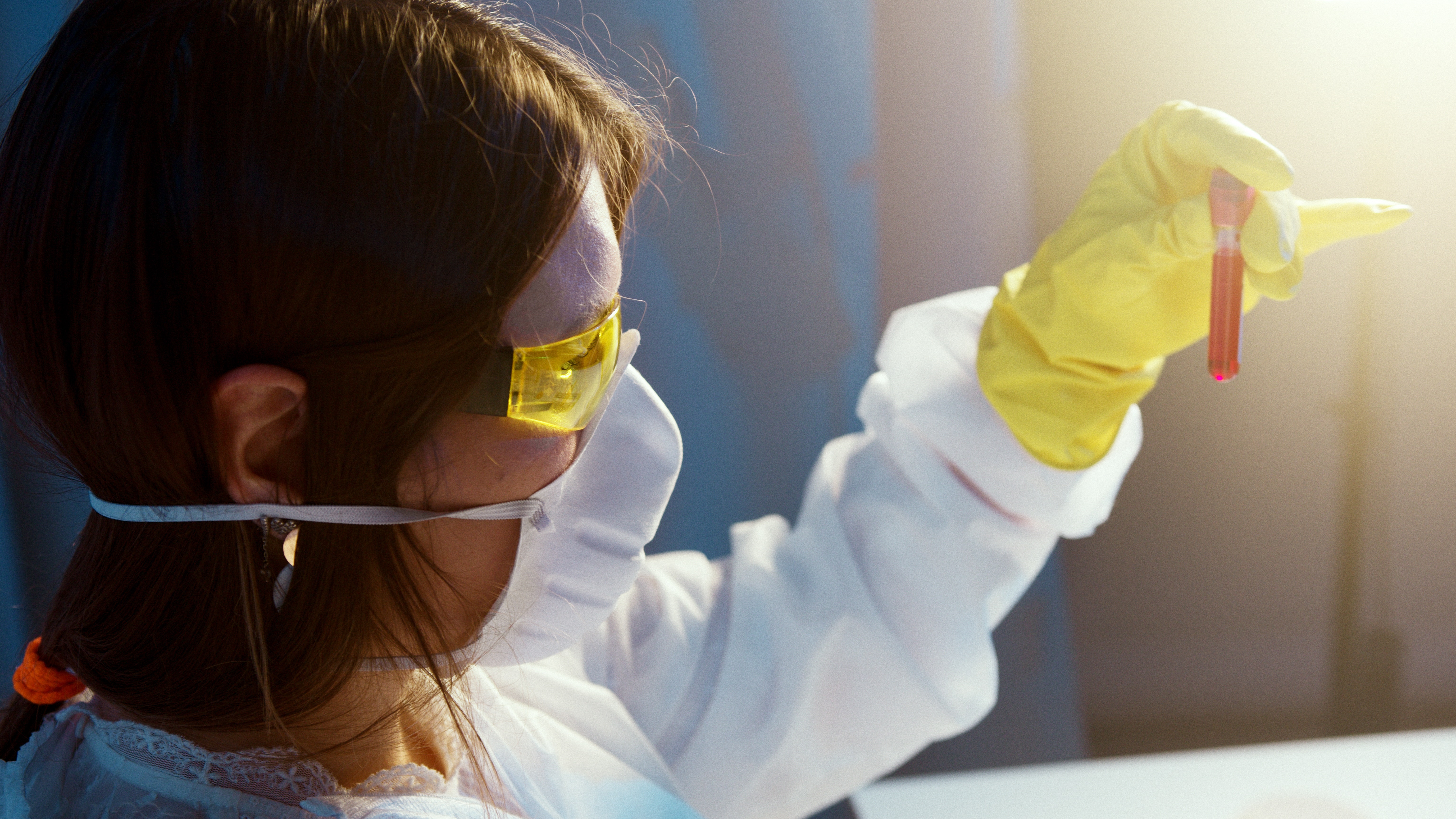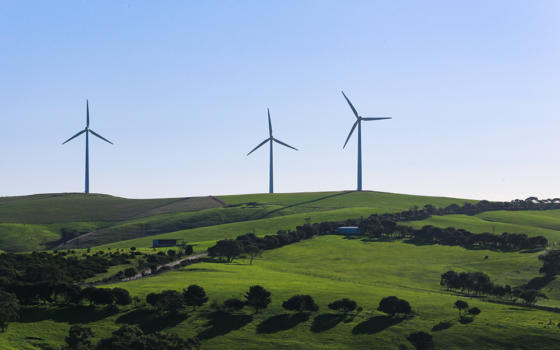Why nature?
Covid-19 has hammered home our lack of resilience. The virus has hit every part of our lives – health and wellbeing, education, finances, relationships, family and friends, and prospects. The reach is global, with only Antarctica escaping, and until we have a vaccine, we are all going to suffer pulses of ‘lockdown’. Social inequalities are cruelly exposed. Even though many have come to value being outdoors and securing solace from nature, a lot of us simply cannot get to decent greenspace.
This pandemic originated from an unhealthy relationship between the human world and the natural world, which can lead to disease jumping and mutating from species to species. This same unhealthy relationship is also contributing to the degradation of nature across the planet and climate change. Therefore, it follows that ensuring society is more resilient against future pandemics must involve tackling the climate and nature crises.
Transformational changes needed
The extent to which viruses transfer to human hosts, and the rate of spread, is strongly dependent on our use of land and sea. Stressed animal populations in degraded and fragmented habitats can carry higher viral populations with increased probability of transference to human hosts. The increasing intensity of livestock farming, deforestation, crop monocultures, globalisation and large urban agglomerations all make viral transference more likely and rapid once viruses enter human populations. The recent example of COVID-19 transferring from people to mink and back again in Denmark demonstrates these risks. The virus spreads rapidly in the high-density farmed mink population with the potential for rapid mutations.
On transferring back into the human population, the virus may be more severe or resistant to current vaccines. We have a long history of viruses passing from wildlife to humans, with high density farmed animals aiding transmission. Enhancing diversity and making space for nature is key to reducing the risk of further pandemics. Through these actions the viruses, pests and diseases that are a natural part of life on Earth are more likely to remain in their wild host populations.
The same actions are essential in tackling the climate emergency. Ecosystem restoration at sea, along the coast and on land (peatlands, woodlands, grasslands) sequesters carbon. A Green Recovery from COVID-19 is an exceptional – and necessary – opportunity to transition to a net zero and nature-rich global economy.
We must create more space for nature. Globally, over the last few decades, wildlife had got more tightly compressed into smaller and more fragmented areas to make way for farming and forestry. Moreover, these land uses have come to rely on fewer species or clones. For example, just 15 of more than 7,000 edible plant species make up over 90% of crops. This lack of connectivity and diversity, including the wild crop relatives and native breeds on which our food systems ultimately depend, renders our primary life-support system – nature – highly vulnerable to shocks.
After all, ecosystems are resilient when they are connected and diverse: that is the importance of biological diversity – ‘biodiversity’. ‘Monocultures’, cultivation and reliance on a single crop or a few species, reduce resilience. When these systems fail, due to pests or disease, fire, floods and other effects of a changing climate, the scale of impact is massive. Moreover, it is usually the state who carries the costs. More investment in the natural capital that supports commercial uses of the land and sea would make the environment more resilient to environmental change.
Solutions – connectivity and diversity
Encouraging ecological diversity has to be the solution to the twin and chronic crises of nature losses and climate heating. If our natural world can become more resilient, then it follows resilience will grow across our economic and societal spheres, protecting us from acute emergencies such as the recent pandemic. Changes to land use to increase the space for nature with more networks of nature-rich areas will undoubtedly support resilient natural systems.
Land uses which result in complex mosaics across a wider range of scales are bound to be more resilient. We have to find ways of encouraging land use to embrace diversity, whether through markets, regulation or subsidies. Encouraging foresters to use a diverse mix of deciduous and conifer species, or farmers to invest in wild crop relatives and native breeds, will build resilience. Nature-based solutions, such as peatland restoration and woodland creation provide multiple benefits – sequestering carbon, enriching nature, sustaining jobs and supporting local communities.
Where next?
We must learn from the awful impacts of the pandemic. We need to shift from a model where we continually extract from nature, depleting it and its capacity to support itself and human life, to one where we support nature in a restorative and regenerating economy. We, as individuals must take responsibility. The collective, whether it is communities, governments or international institutions, must show leadership.
We need more skilled, meaningful and rewarding jobs – leaving no one behind – and better places for living, learning, relaxing and working. We need a vision built on genuine hope for a resilient future, starting from investing in nature as part of our green recovery. I urge everyone, as individuals, in their communities, and as part of larger organisations, to rally round this vision. Our resilience depends on it.
This article was written by Francesca Osowska OBE FRSE, Member of the Building National Resilience working group.


